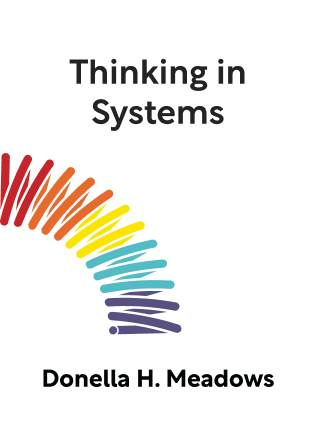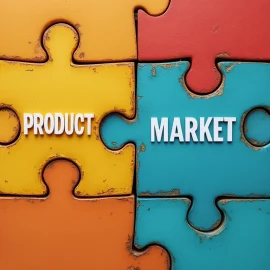

This article is an excerpt from the Shortform summary of "Thinking in Systems" by Donella H. Meadows. Shortform has the world's best summaries of books you should be reading.
Like this article? Sign up for a free trial here .
What does it mean to drift to low performance in a system? How can it harm the system, and how can you fix it?
Drift to low performance, or boiled frog syndrome, happens when a system lowers the bar for its goals to match underperformance. It is one of the many ways that systems can fail.
Read more about how systems drift to low performance.
Drift to Low Performance
Also known as: eroding goals, boiled frog syndrome. Heres how a drift to low performance happens, and how it can lead to low system performance.
How It Happens
In a drift to low performance, the actor sets a performance bar that it tries to perform above. However, instead of keeping the bar fixed at an absolute level, the bar is actually set relative to previous performance.
If the actor performs under the bar, the bar is then set a bit lower. This might be excused by sentiments like, “Well, it’s not that much worse than last year” or “Well, everyone’s in trouble too, so we’re not doing that badly.”
And if the actor has a tendency to undershoot the bar, this leads to a vicious cycle that drags the performance down, possibly to complete failure.
This drift tends to happen at a gradual decline. A sharp decline would cause alarm and prompt a forceful correction. However, in a gradual decline, the actor tends to become complacent and forget how good things used to be.
Examples of Drift to Low Performance
A business that is losing market share can lower its targets and progressively lose share until it becomes bankrupt.
(Shortform note: Steve Jobs commented on why he was infamously harsh on hiring: “A players hire A players, but B players hire C players and C players hire D players. It doesn’t take long to get to Z players. The trickle down effect causes bozo explosions in companies.”)
Fixing Drift to Low Performance
Instead of setting performance standards relative to previous performance, set absolute standards that don’t change with performance.
Better yet, turn the vicious cycle into a virtuous cycle—set the goals relative to the best performance. If the system overperforms the goal, set the goal higher.
This low system performance can be a problem, and will require system intervention.

———End of Preview———
Like what you just read? Read the rest of the world's best summary of Donella H. Meadows's "Thinking in Systems" at Shortform .
Here's what you'll find in our full Thinking in Systems summary :
- How the world, from bathtub faucets to fish populations, can be seen as simple systems
- The key system traps that hold back progress, such as escalating arms races and policy addiction
- Why seeing the world as systems can give you superpowers in work and life






